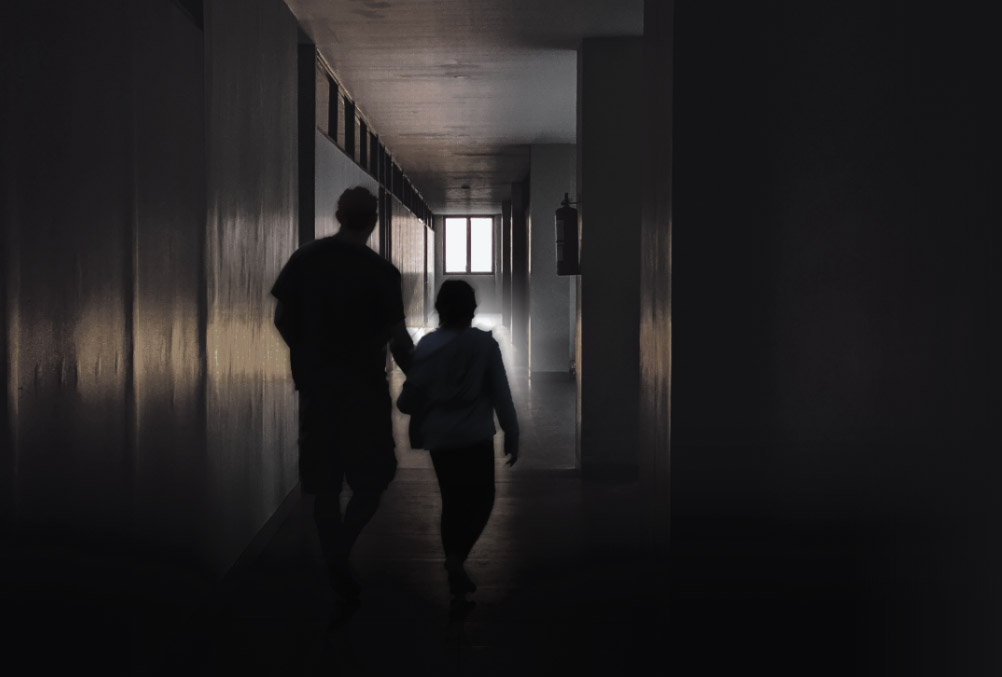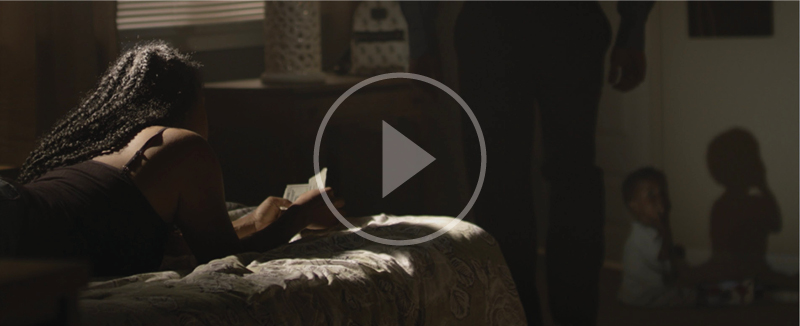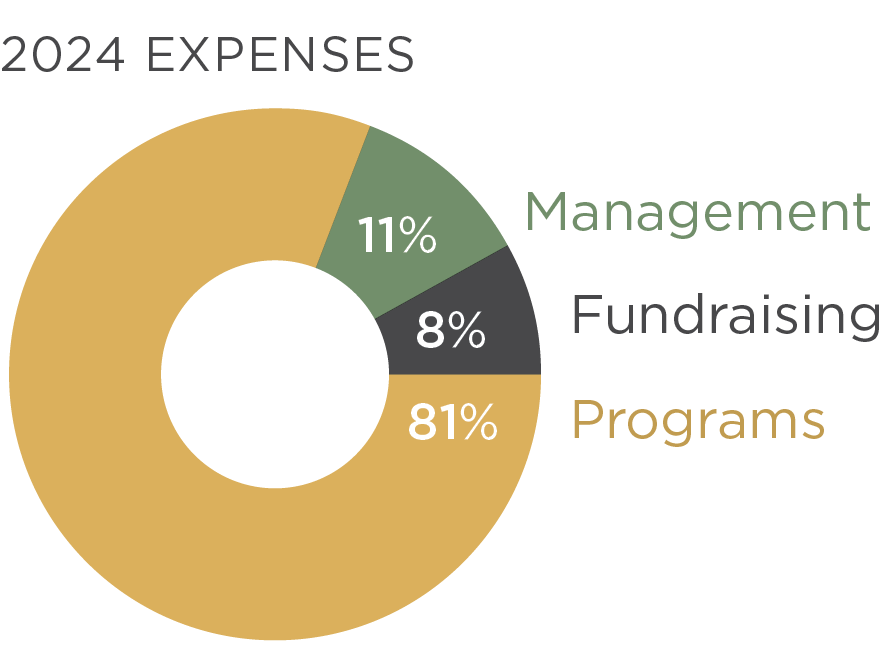Action Steps
I saw the movie and I have questions:
- What can I do?
- What about child trafficking in the U.S.?
Letter from the Chief Executive Officer – Dr. Jeanne Allert
The Sound of Freedom is a captivating, well-produced (and by its own admission) Hero Story. Tim Ballard is one of those larger-than-life characters that resonates with our ethos of rugged individualism, protecting the vulnerable, and fighting against the odds. Coupled with the talents of Jim Caviezel and Angel Studios, this one life was made even larger. If we take this movie purely as a fictionalized biography, it’s a satisfying work of entertainment.
There are unfortunately many who cannot leave it at that. Compliments and complaints are being railed back and forth to very little productive end. Does the film accurately portray the vulnerability and most common recruitment methods of child trafficking in America? No. Does the film suggest that these sexually abused children reverted quickly back to health and well-being, disrespecting the long and arduous journey of healing that most survivors must travel? Perhaps. But the film did not set out to be a documentary. It’s a story, intended to inspire and/or entertain. And like most well-told stories, how the characters and plot touch us, inspire us, and provoke us to action are the truer measures of its value.
As someone with 17 years in the anti-trafficking field, having walked alongside over 100 child and adult survivors of sex trafficking in the U.S., it was easy to set aside what I know empirically and academically to be true and just let these storytellers craft the story they wanted to tell. I know, based on extensive study1 of over 3,505 child trafficking cases in the U.S. and the trafficking reports from 22 states, that 26-47% of domestic child sex trafficking is likely at the hands of a familial operator; 60-68% of the time, the biological mother is the individual facilitating sexual access to the child, and most often, in exchange for drugs. I know, based on our work in restorative care and the research to date, that 90-94% of exploited persons were sexually molested as children. I know, from being with survivors and working with many of the 235 trafficking shelter programs nationwide, that healing from this form of abuse happens in layers and can take years—if not a lifetime. She doesn’t “get rescued,” get a shower, and go back to her room and start singing again. And that is why we need dedicated restorative care programs who are skilled at working with this kind of trauma.
From my perspective, it is pointless to condemn the film for failing to represent a problem that is so multi-faceted, complex, and ever-changing. As one of my dearest friends, a survivor of familial trafficking, has said, “when you’ve met a trafficking survivor; you’ve only met one.” Let us allow her words to sink in and educate us that each story is unique, just as each person is unique.
What I will offer as the most important and powerful moment of the film, was the scene where Vampiro, in his whisky and cigar-soaked way, shares with Ballard why he has dedicated his life to buying children so that he can set them free. He confesses his sinful living and the abusive way he treated women, and then poignantly takes us into his Damascus Road experience where he realized the “prostitute” he had paid for was not a grown woman exercising personal agency, but rather, a 14-year-old girl trapped in a pattern not of her choosing. As he says, “I saw the darkness in her eyes and realized I was that darkness.” In that moment, Vampiro was given new sight and it changed him.
If The Sound of Freedom can provoke each of us to see this issue with new eyes and provoke us to ask, “what is my role in this?” and “what can I do to help?” then the film will have proven its value.
Letter from the Chief Executive Officer
Dr. Jeanne Allert
The Sound of Freedom is a captivating, well-produced (and by its own admission) Hero Story. Tim Ballard is one of those larger-than-life characters that resonates with our ethos of rugged individualism, protecting the vulnerable, and fighting against the odds. Coupled with the talents of Jim Caviezel and Angel Studios, this one life was made even larger. If we take this movie purely as a fictionalized biography, it’s a satisfying work of entertainment.
There are unfortunately many who cannot leave it at that. Compliments and complaints are being railed back and forth to very little productive end. Does the film accurately portray the vulnerability and most common recruitment methods of child trafficking in America? No. Does the film suggest that these sexually abused children reverted quickly back to health and well-being, disrespecting the long and arduous journey of healing that most survivors must travel? Perhaps. But the film did not set out to be a documentary. It’s a story, intended to inspire and/or entertain. And like most well-told stories, how the characters and plot touch us, inspire us, and provoke us to action are the truer measures of its value.
As someone with 17 years in the anti-trafficking field, having walked alongside over 100 child and adult survivors of sex trafficking in the U.S., it was easy to set aside what I know empirically and academically to be true and just let these storytellers craft the story they wanted to tell. I know, based on extensive study1 of over 3,505 child trafficking cases in the U.S. and the trafficking reports from 22 states, that 26-47% of domestic child sex trafficking is likely at the hands of a familial operator; 60-68% of the time, the biological mother is the individual facilitating sexual access to the child, and most often, in exchange for drugs. I know, based on our work in restorative care and the research to date, that 90-94% of exploited persons were sexually molested as children. I know, from being with survivors and working with many of the 235 trafficking shelter programs nationwide, that healing from this form of abuse happens in layers and can take years—if not a lifetime. She doesn’t “get rescued,” get a shower, and go back to her room and start singing again. And that is why we need dedicated restorative care programs who are skilled at working with this kind of trauma.
From my perspective, it is pointless to condemn the film for failing to represent a problem that is so multi-faceted, complex, and ever-changing. As one of my dearest friends, a survivor of familial trafficking, has said, “when you’ve met a trafficking survivor; you’ve only met one.” Let us allow her words to sink in and educate us that each story is unique, just as each person is unique.
What I will offer as the most important and powerful moment of the film, was the scene where Vampiro, in his whisky and cigar-soaked way, shares with Ballard why he has dedicated his life to buying children so that he can set them free. He confesses his sinful living and the abusive way he treated women, and then poignantly takes us into his Damascus Road experience where he realized the “prostitute” he had paid for was not a grown woman exercising personal agency, but rather, a 14-year-old girl trapped in a pattern not of her choosing. As he says, “I saw the darkness in her eyes and realized I was that darkness.” In that moment, Vampiro was given new sight and it changed him.
If The Sound of Freedom can provoke each of us to see this issue with new eyes and provoke us to ask, “what is my role in this?” and “what can I do to help?” then the film will have proven its value.
Action Steps
I saw the movie and I have questions:
- What can I do?
- What about child trafficking in the U.S.?
Check out these resources
to get started!




